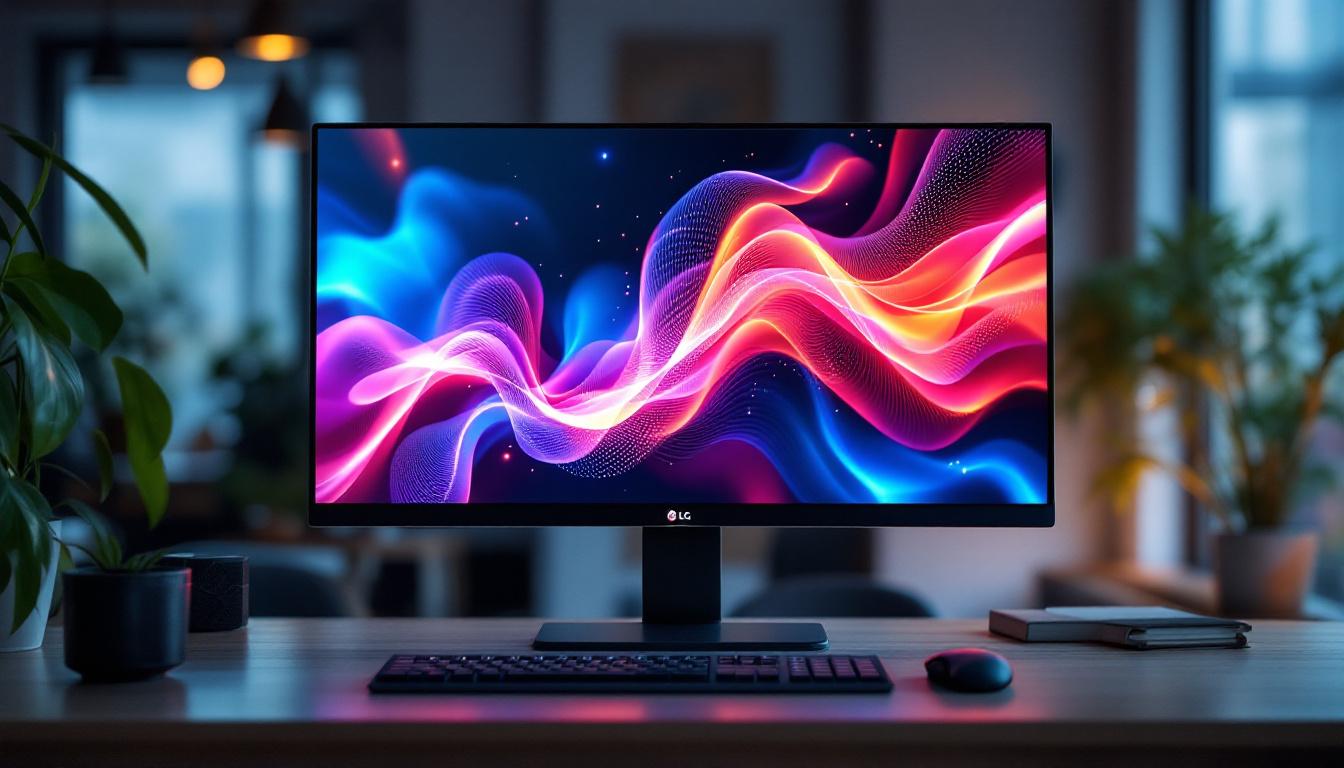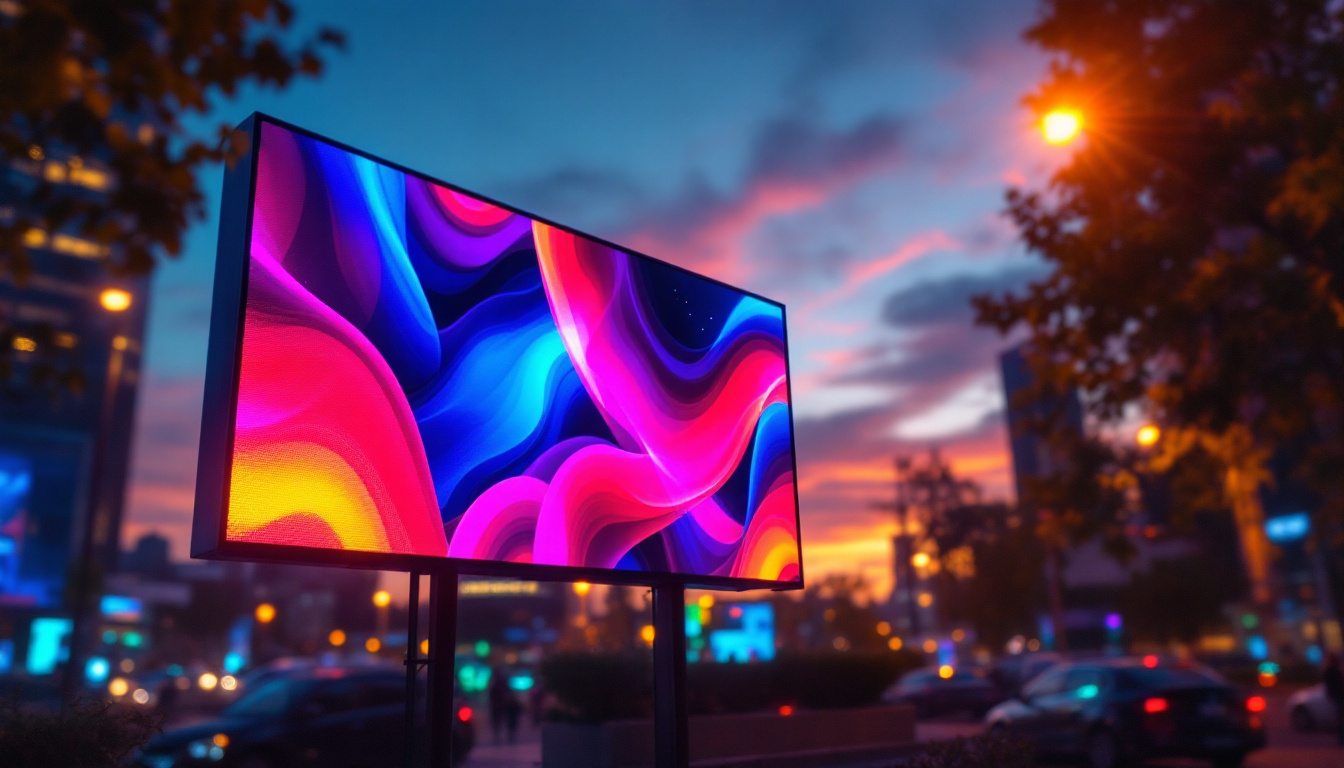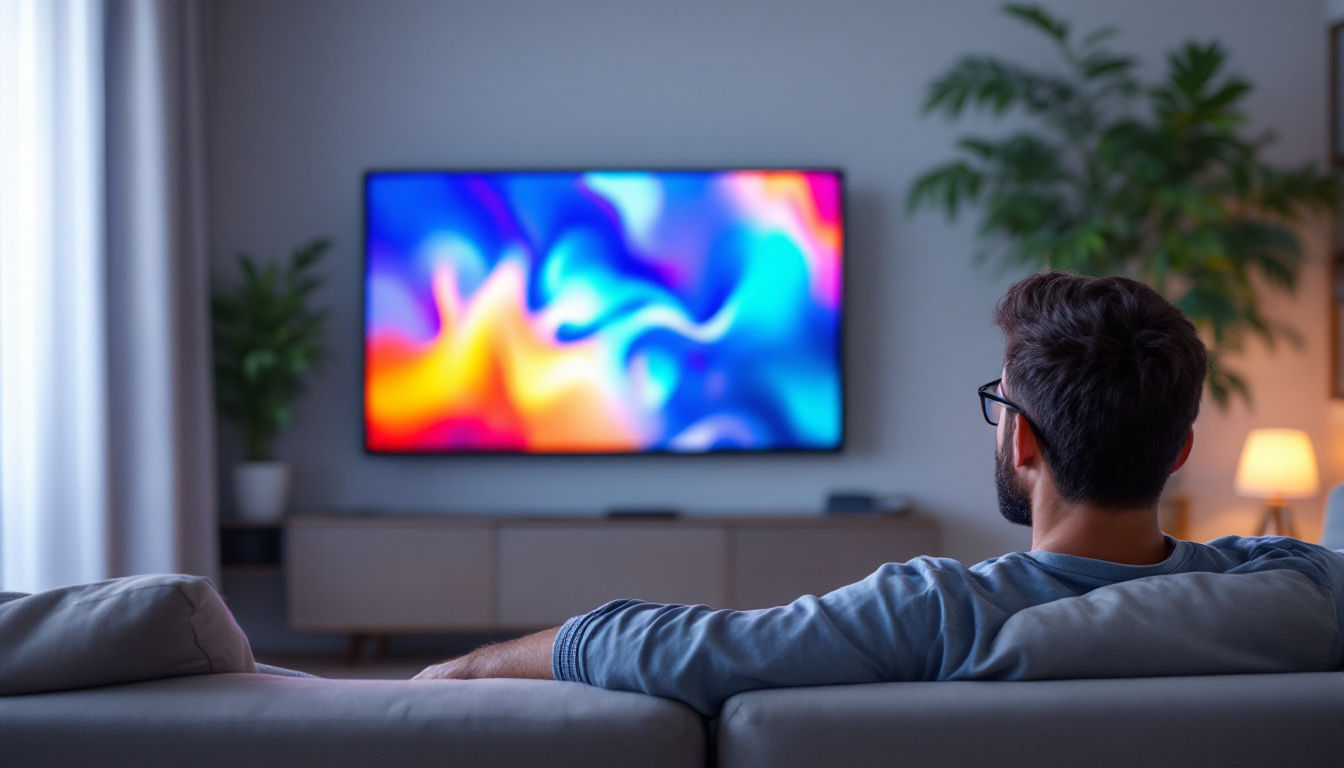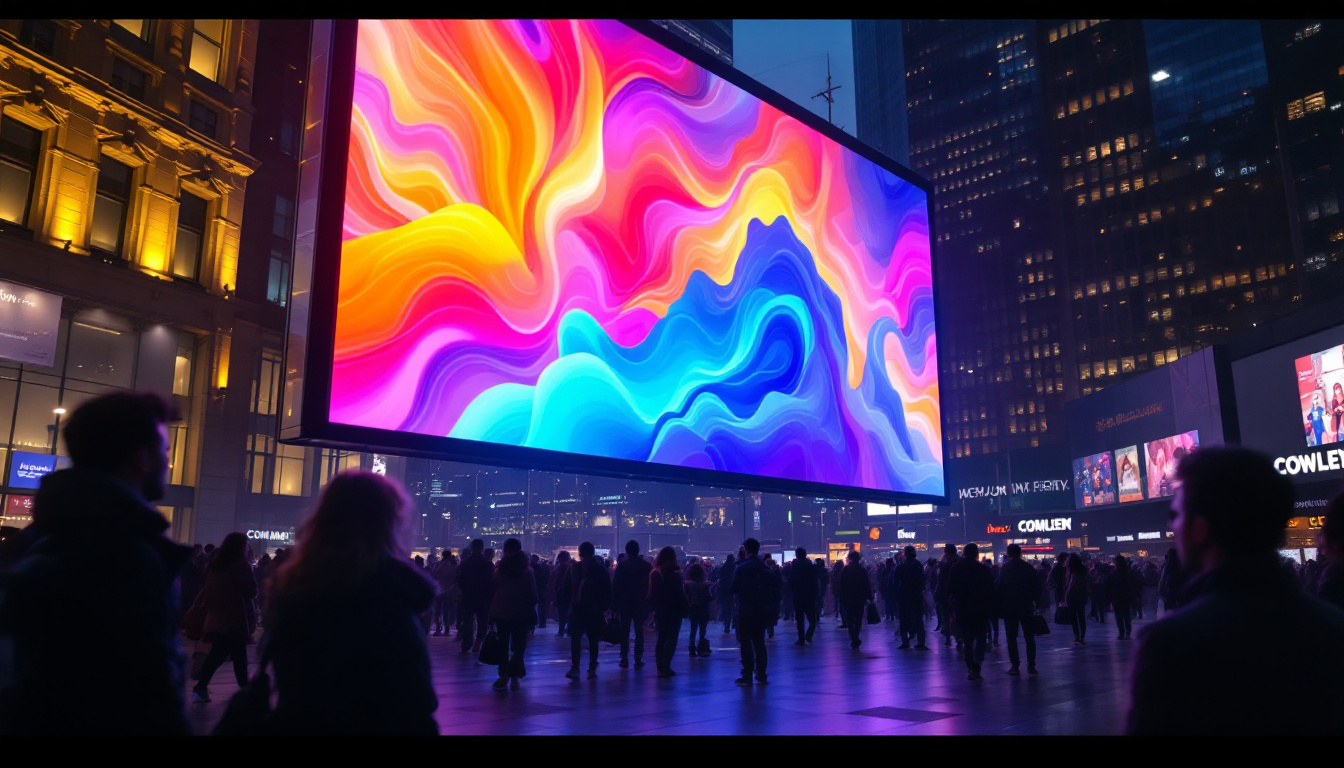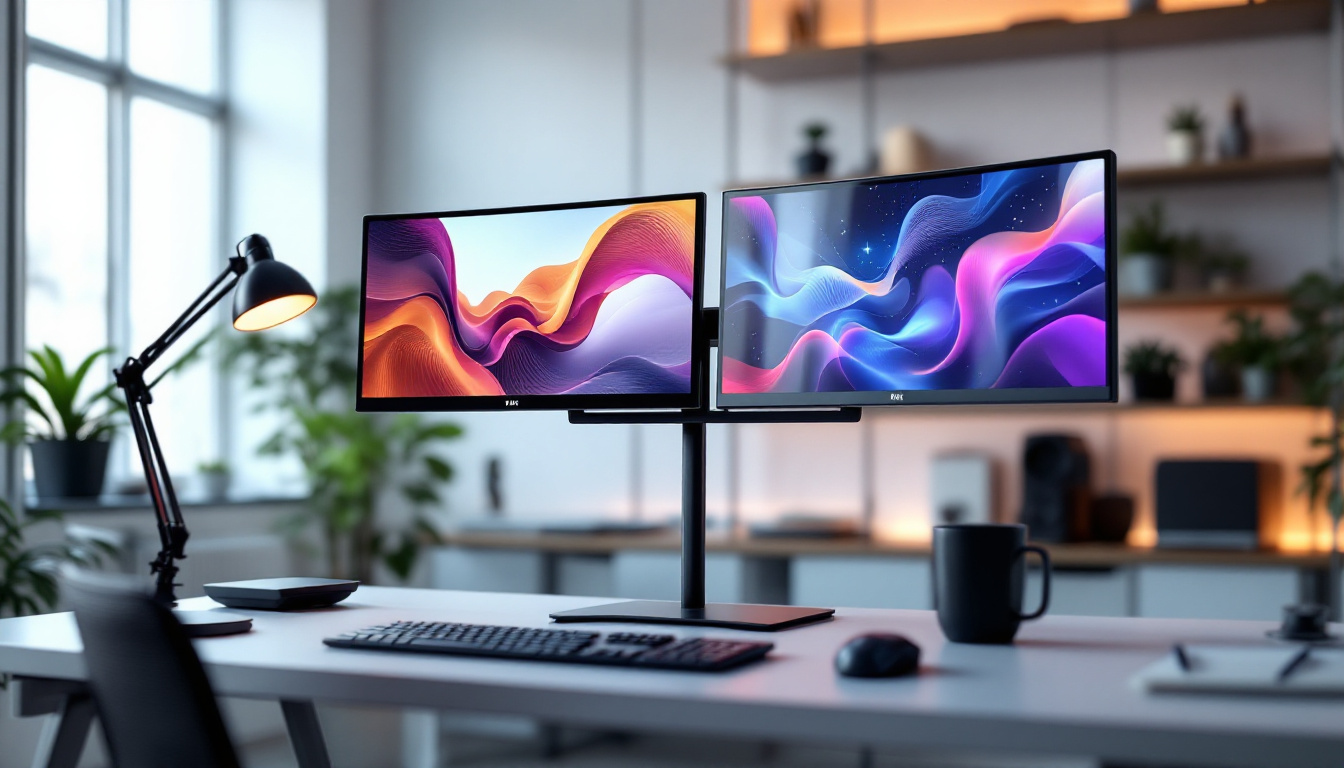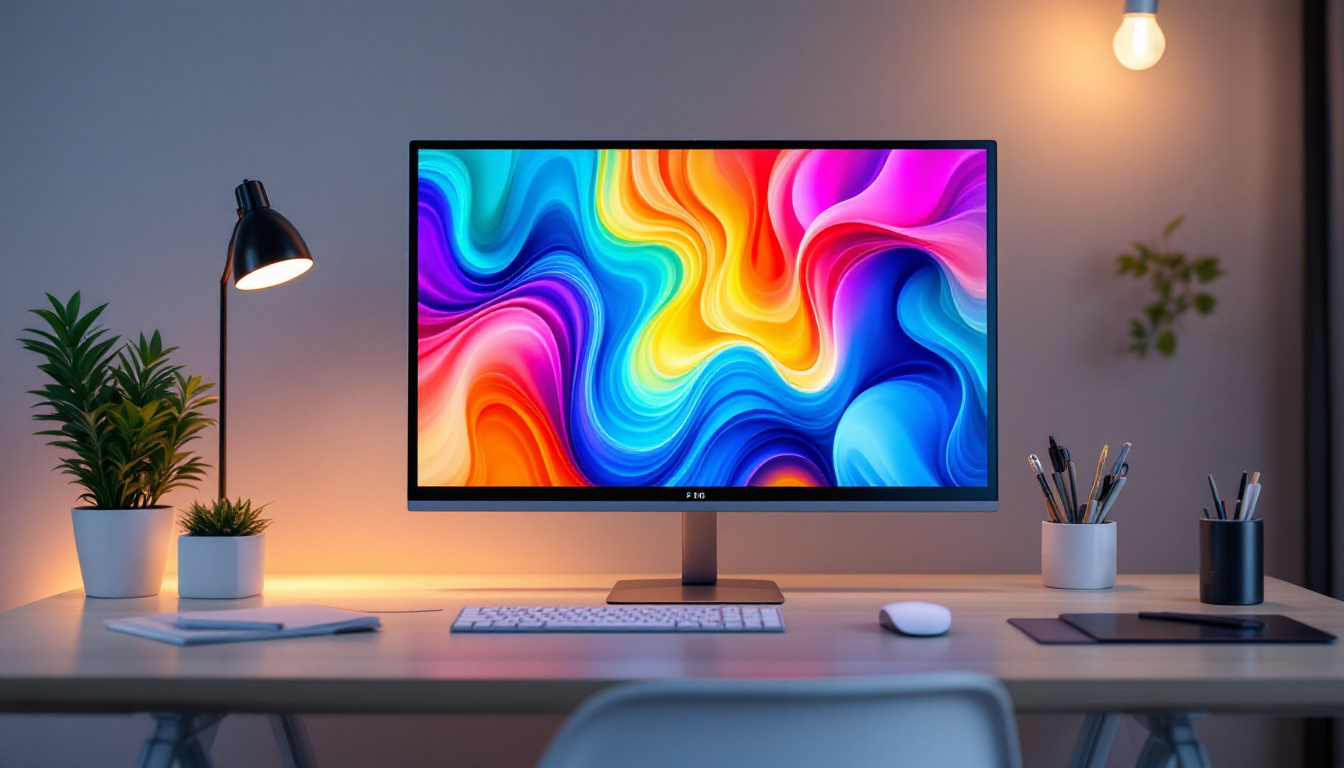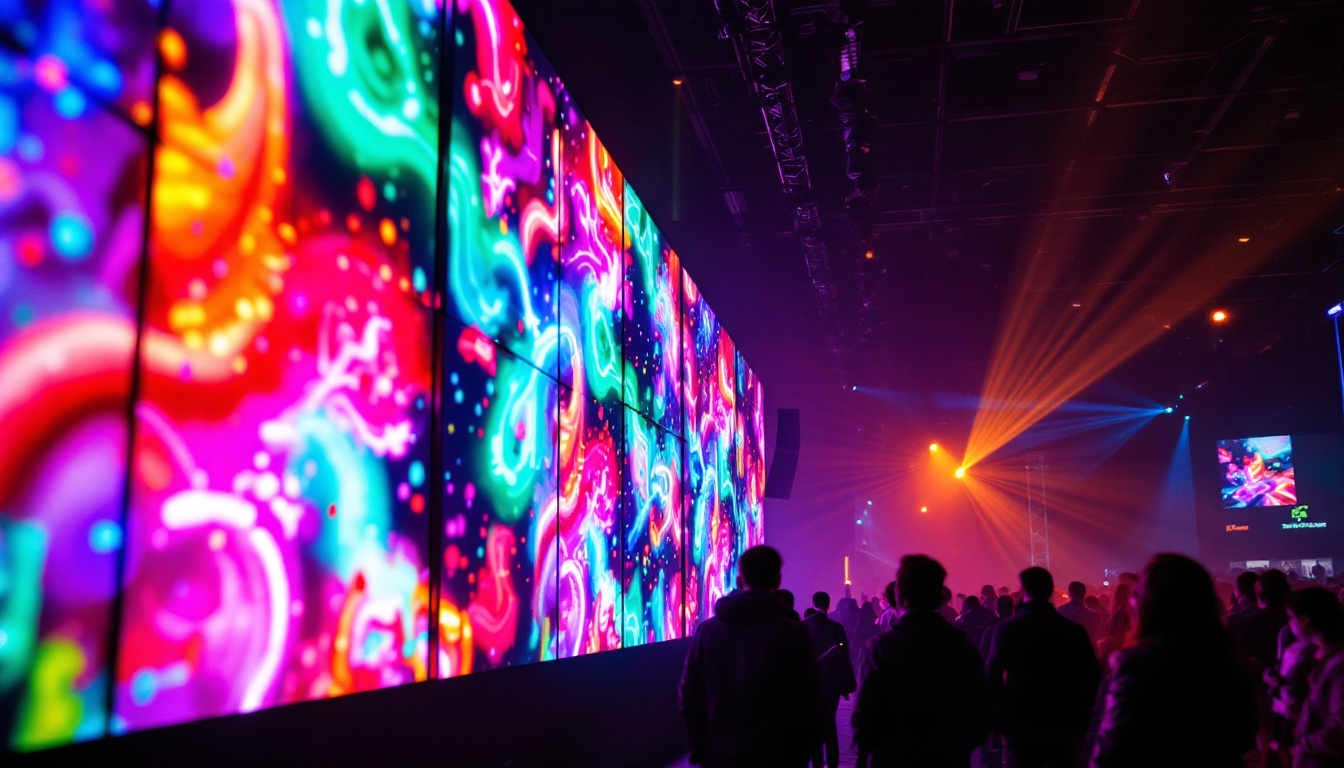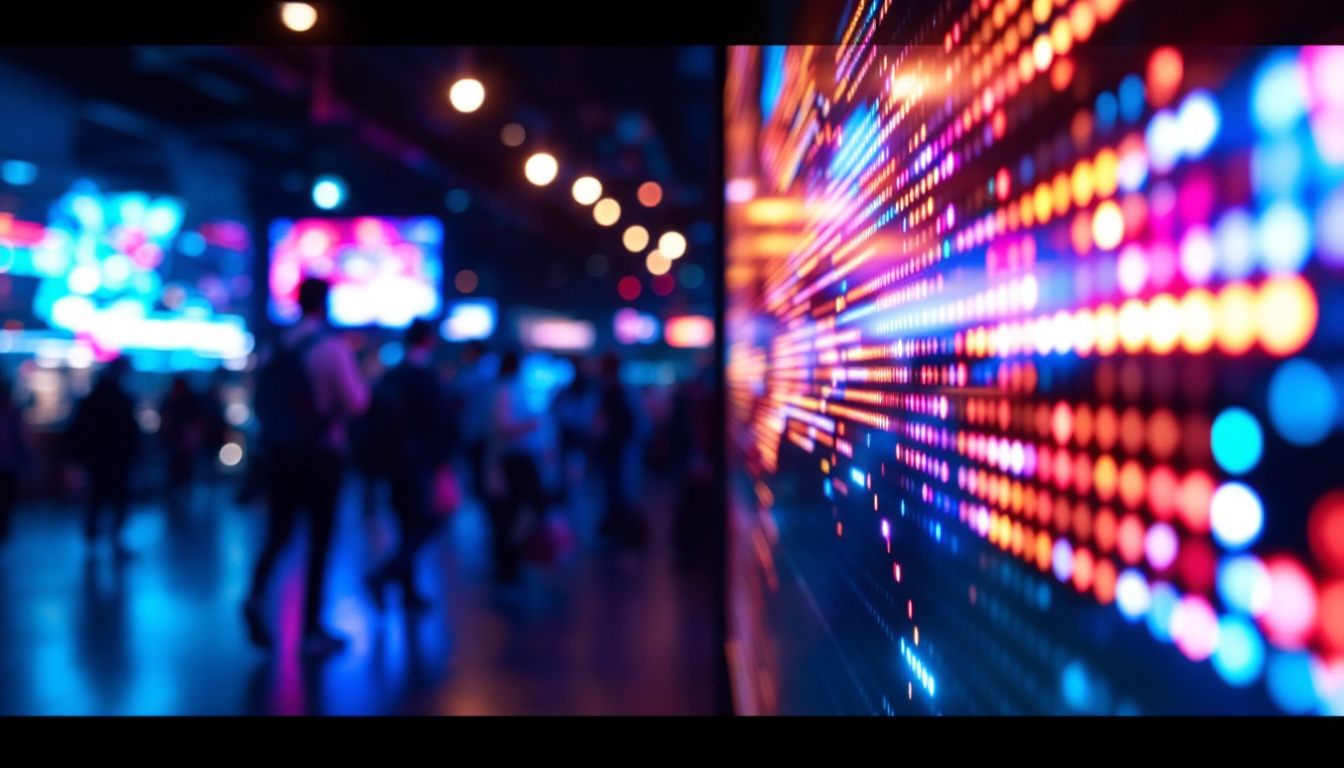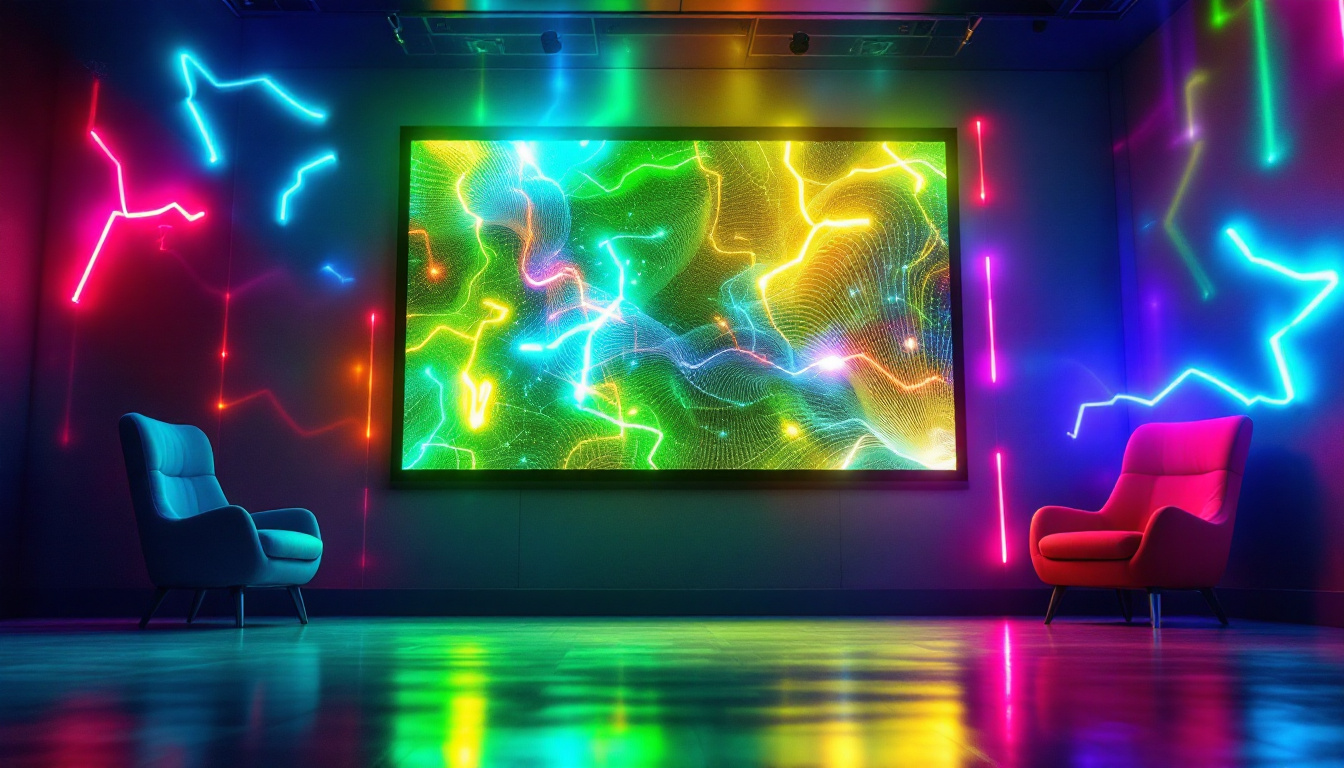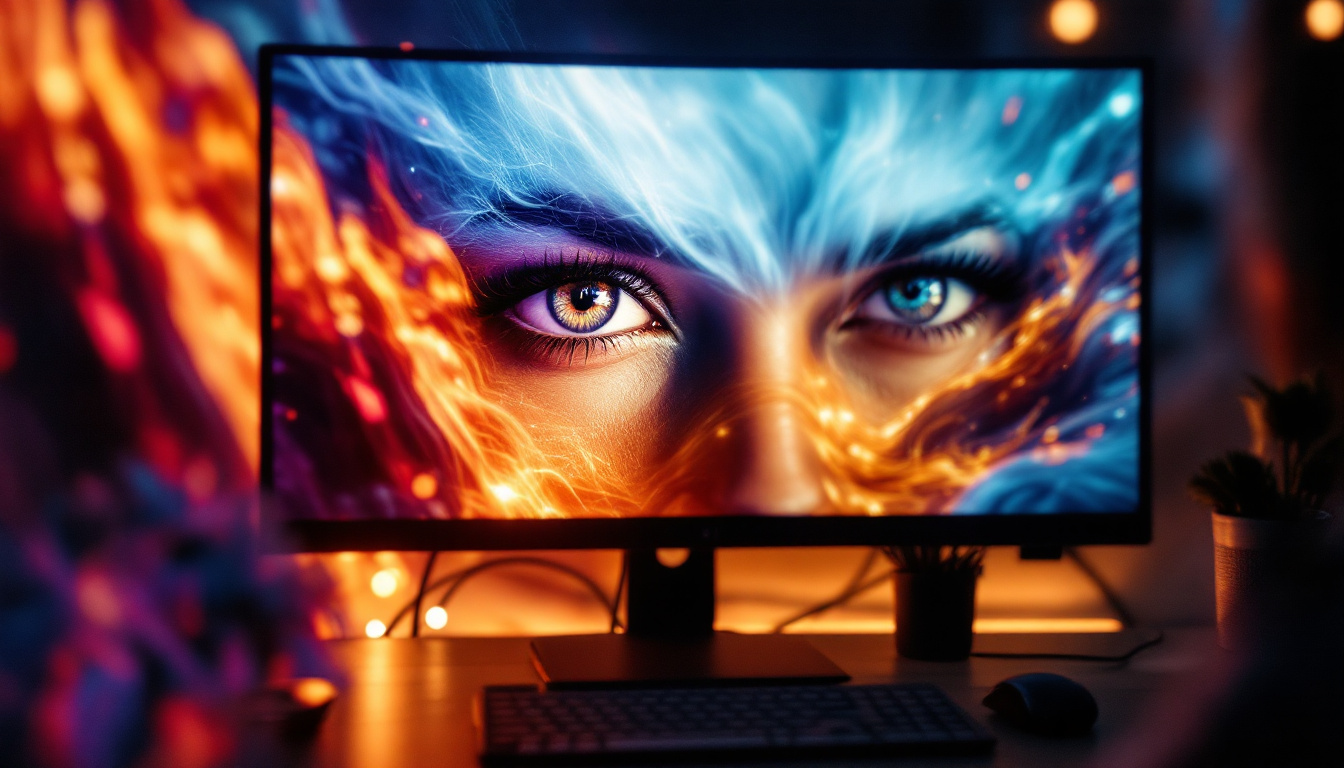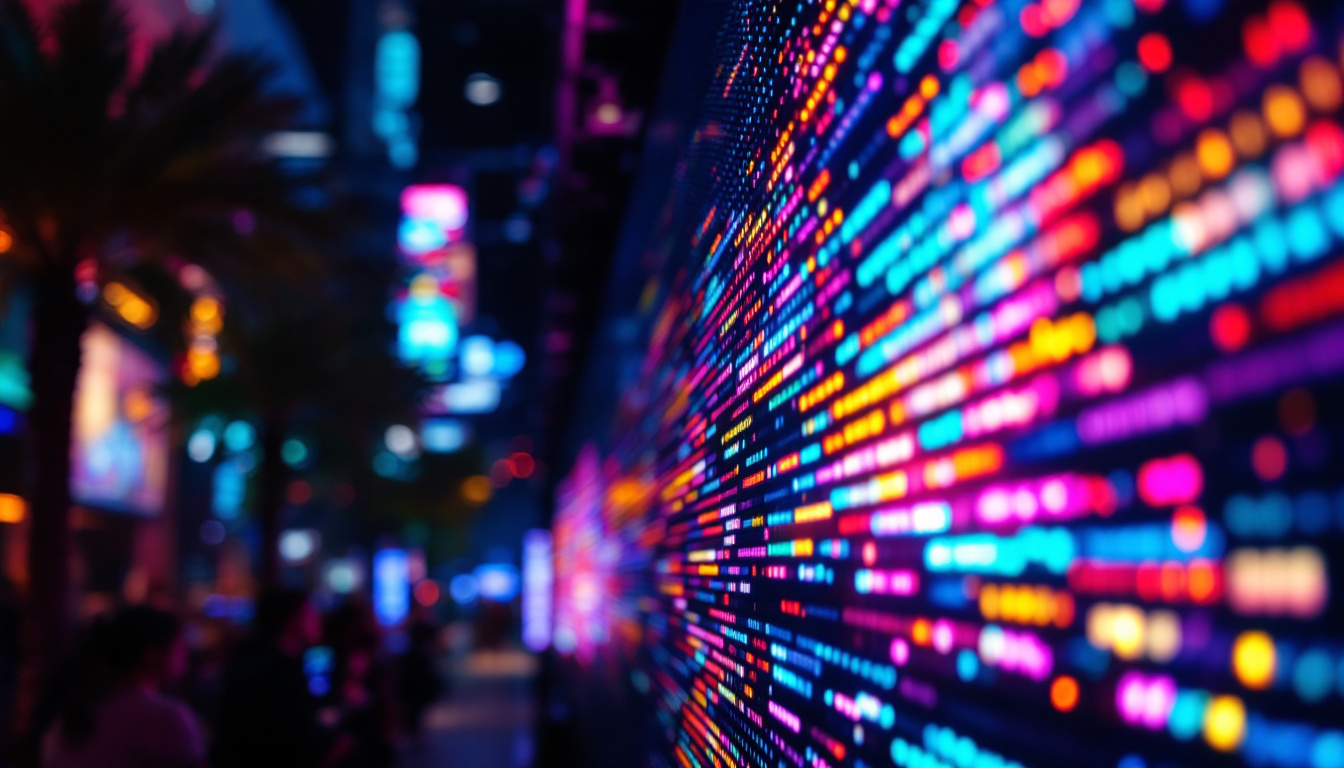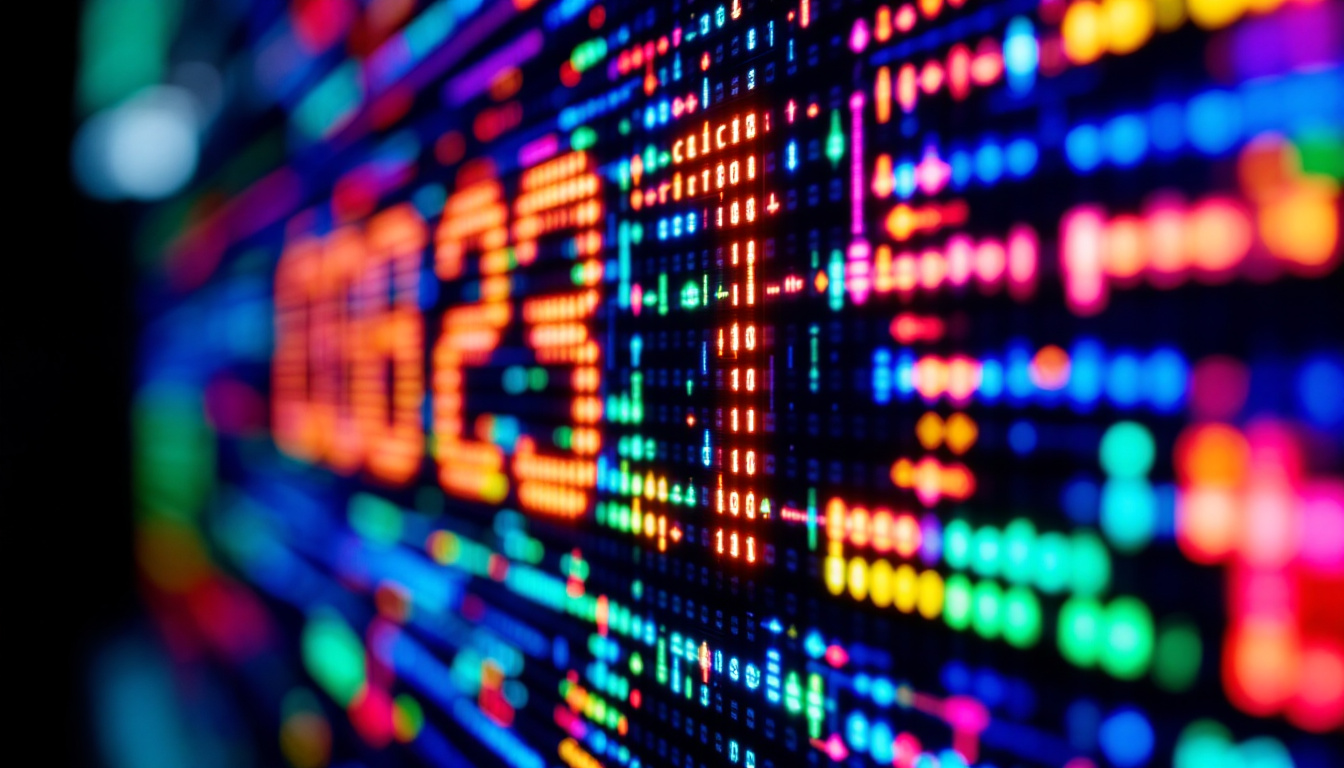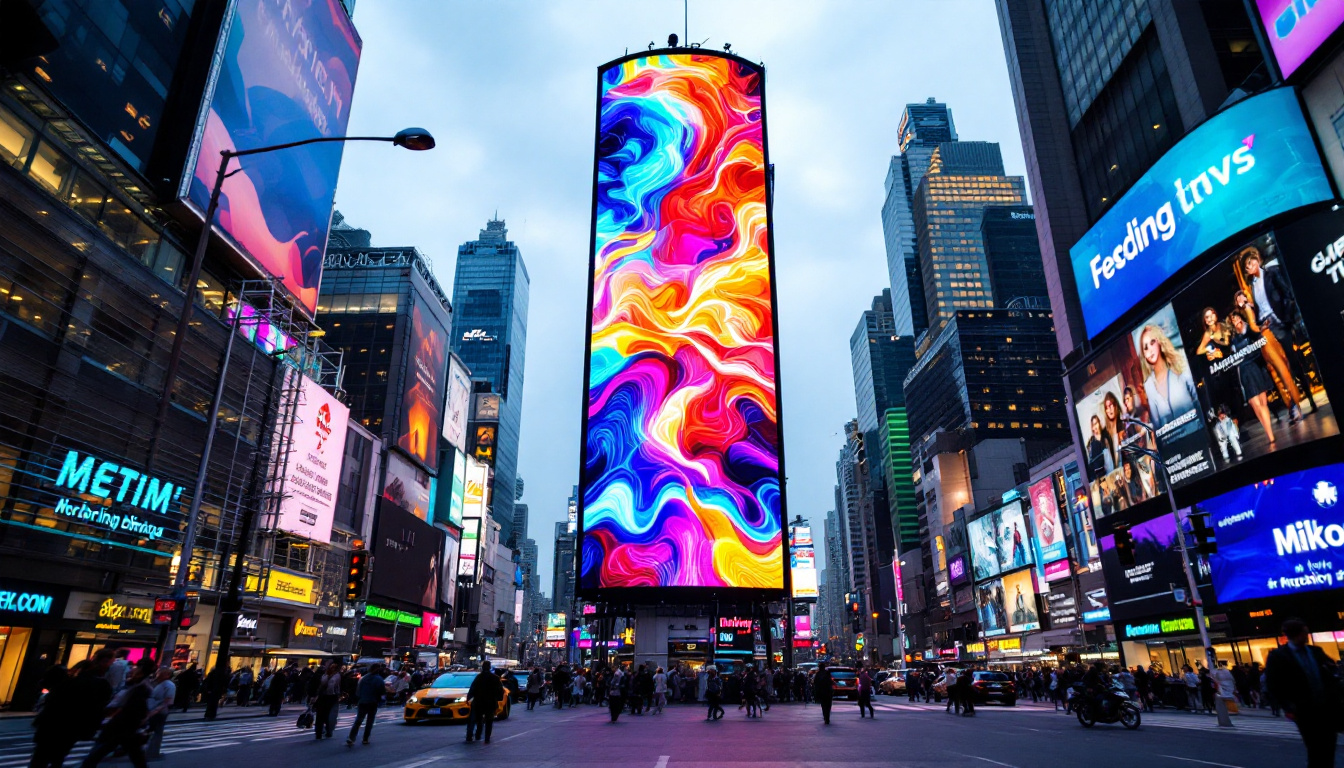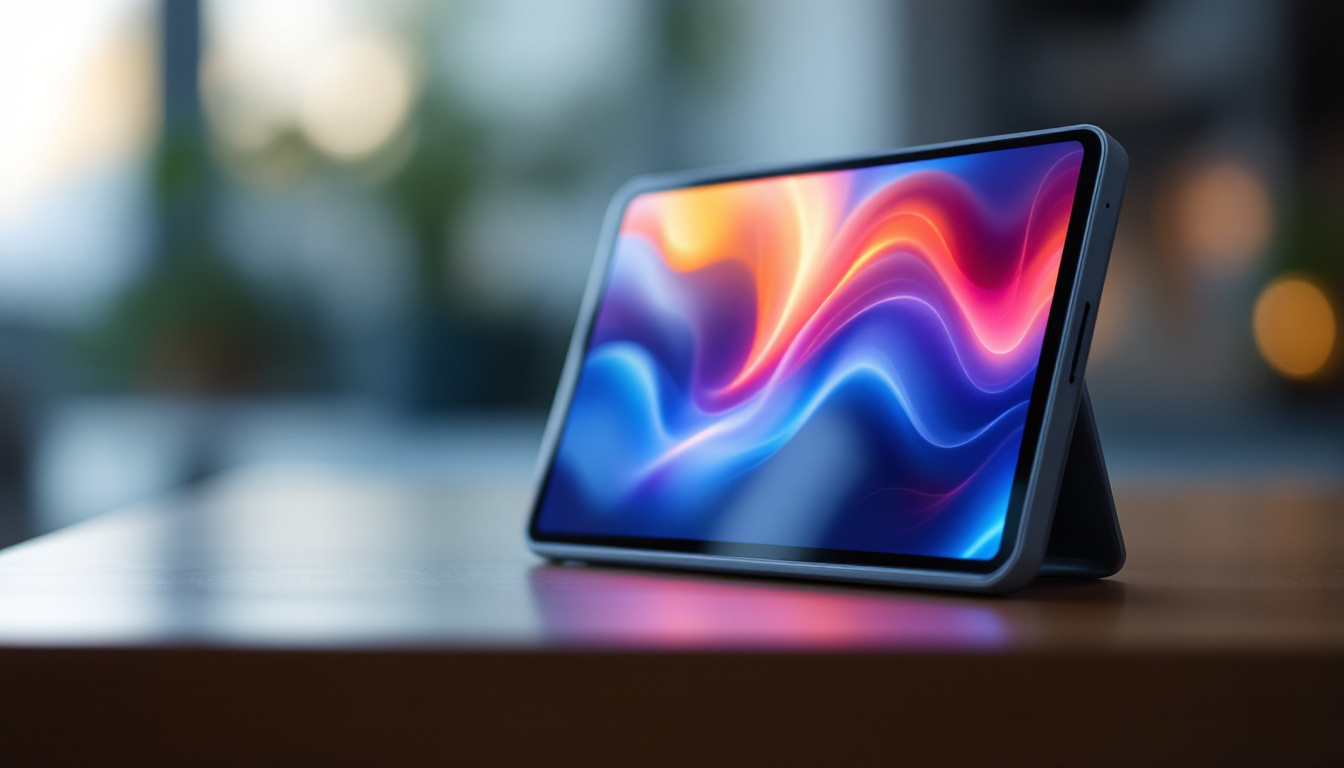In today’s fast-paced digital world, LED displays have become an integral part of communication, advertising, and entertainment. From vibrant billboards lighting up cityscapes to dynamic screens in stadiums and retail environments, LED technology offers unparalleled brightness, clarity, and versatility. This comprehensive guide will delve into the essentials of LED displays, exploring their technology, applications, benefits, and future trends, providing valuable insights for businesses, marketers, and technology enthusiasts alike.
Understanding LED Display Technology
What is an LED Display?
LED stands for Light Emitting Diode, a semiconductor device that emits light when an electric current passes through it. An LED display is a flat panel that uses an array of these tiny LEDs as pixels to create images, videos, and text. Unlike traditional LCD or plasma screens, LED displays produce their own light, resulting in brighter and more vivid visuals.
Modern LED displays are composed of thousands, sometimes millions, of these LEDs arranged in a grid. Each LED can be individually controlled to emit different colors and intensities, allowing for high-resolution, full-color images. The technology is scalable, meaning LED displays can range from small indoor screens to massive outdoor billboards covering entire building facades. This versatility has made LED displays a popular choice across various industries, from advertising to broadcasting, where dynamic content is essential for capturing audience attention.
Types of LED Displays
LED displays come in various forms, each suited to different environments and uses:
- Indoor LED Displays: Designed for close viewing distances, these displays have a higher pixel density (smaller pixel pitch), ensuring sharp images in confined spaces like conference rooms, retail stores, and control centers. Their ability to deliver high-quality visuals makes them ideal for presentations, advertising, and interactive displays that engage customers directly.
- Outdoor LED Displays: Built to withstand harsh weather conditions, these displays are brighter to combat sunlight and have a larger pixel pitch, suitable for billboards, sports arenas, and public information boards. Their durability and visibility make them an excellent choice for high-traffic areas, where they can convey messages effectively even in bright daylight.
- Transparent LED Displays: These innovative screens allow light to pass through, making them ideal for storefront windows and architectural installations where visibility from both sides is desired. This feature not only enhances the aesthetic appeal of a space but also enables businesses to showcase products while maintaining an open and inviting atmosphere.
- Flexible and Curved LED Displays: Utilizing bendable substrates, these displays adapt to curved surfaces, enabling creative installations in advertising and entertainment venues. Their flexibility allows designers to create immersive environments that captivate audiences, transforming traditional advertising into a dynamic experience.
In addition to these types, there are also specialized LED displays designed for specific applications, such as high-definition video walls used in broadcasting studios or rental LED screens for events and concerts. These displays often feature advanced technologies like HDR (High Dynamic Range) and high refresh rates, which enhance the viewing experience by providing deeper colors and smoother motion. Furthermore, the integration of smart technology into LED displays has opened up new possibilities for interactivity, allowing users to engage with content in real-time through touch or gesture recognition.
The evolution of LED display technology continues to push boundaries, with ongoing research focused on improving energy efficiency and reducing production costs. Innovations such as microLED technology promise even greater resolution and brightness, while also minimizing the environmental impact of display manufacturing. As the demand for high-quality visual communication grows, LED displays are set to play an increasingly prominent role in shaping how we experience information and entertainment in our daily lives.
Key Advantages of LED Displays
Superior Brightness and Visibility
One of the most significant benefits of LED displays is their brightness. Unlike LCDs that rely on backlighting, LEDs emit their own light, resulting in superior luminance. Outdoor LED displays can reach brightness levels exceeding 5,000 nits, ensuring clear visibility even under direct sunlight. This makes them indispensable for outdoor advertising and public information systems.
Energy Efficiency and Longevity
LED technology is renowned for its energy efficiency. LEDs consume significantly less power than traditional lighting and display technologies, reducing operational costs. Additionally, LEDs have a long lifespan, often exceeding 100,000 hours of use, which translates to years of reliable performance with minimal maintenance.
Vivid Colors and High Contrast
LED displays offer a wide color gamut and high contrast ratios, producing vibrant and true-to-life images. The ability to control each LED’s brightness individually allows for deep blacks and bright whites, enhancing the overall viewing experience. This is particularly important in environments where image quality impacts brand perception and viewer engagement.
Applications of LED Displays in Various Industries
Advertising and Marketing
LED displays have revolutionized outdoor and indoor advertising. Their dynamic content capabilities enable brands to deliver eye-catching campaigns that can be updated in real-time. According to a 2023 report by the Digital Signage Federation, LED digital signage increases consumer engagement by up to 30% compared to static billboards. This real-time flexibility allows marketers to tailor messages based on time of day, weather, or audience demographics.
Sports and Entertainment Venues
Stadiums and arenas rely heavily on LED displays for scoreboards, instant replays, and immersive fan experiences. The ability to display high-definition video content on massive screens enhances the spectator experience and provides additional revenue streams through advertising. For example, the AT&T Stadium in Texas features one of the world’s largest LED displays, measuring over 160 feet wide, delivering crystal-clear visuals to tens of thousands of fans.
Corporate and Control Rooms
In corporate environments, LED video walls are used for presentations, video conferencing, and data visualization. Control rooms in industries such as transportation, utilities, and emergency services utilize LED displays to monitor critical operations, benefiting from their reliability and clarity. The high resolution and seamless scalability of LED walls make them ideal for displaying complex data and multiple information streams simultaneously.
Retail and Hospitality
Retailers use LED displays to create engaging storefronts and in-store promotions that attract customers and drive sales. Hotels and restaurants incorporate LED screens for digital menus, event promotions, and ambiance enhancement. The flexibility of LED technology allows for creative installations that can adapt to changing marketing needs and customer preferences.
Technical Considerations When Choosing an LED Display
Pixel Pitch and Resolution
Pixel pitch refers to the distance between the centers of two adjacent LEDs, measured in millimeters. It directly affects the display’s resolution and viewing distance. Smaller pixel pitches provide higher resolution and are suitable for close-range viewing, while larger pitches are ideal for distant viewing. Selecting the appropriate pixel pitch ensures optimal image clarity and cost-effectiveness.
Brightness and Contrast Ratio
Brightness is measured in nits and determines how well the display performs under various lighting conditions. Outdoor displays require higher brightness levels to remain visible in daylight, whereas indoor displays can operate at lower brightness levels to reduce eye strain. Contrast ratio, the difference between the darkest black and brightest white, impacts image depth and realism.
Refresh Rate and Viewing Angle
The refresh rate, measured in Hertz (Hz), indicates how often the display updates its image per second. Higher refresh rates reduce flicker and improve motion clarity, which is crucial for video playback and live broadcasts. Viewing angle defines the range within which the display maintains image quality and color accuracy. Wide viewing angles are essential for public spaces where audiences view the screen from different positions.
Durability and Environmental Protection
For outdoor installations, LED displays must be weatherproof and resistant to dust, moisture, and temperature extremes. IP (Ingress Protection) ratings provide a standardized measure of protection levels. Additionally, impact resistance and anti-glare coatings enhance durability and visibility, ensuring long-term performance in challenging environments.
Future Trends in LED Display Technology
Mini-LED and Micro-LED Innovations
Mini-LED and Micro-LED technologies represent the next evolution in LED displays. Mini-LEDs use thousands of tiny LEDs as backlighting units in LCD panels, offering improved contrast and brightness. Micro-LEDs, on the other hand, are self-emissive displays composed of microscopic LEDs, promising even higher resolution, better color accuracy, and energy efficiency. These advancements are expected to disrupt markets ranging from consumer electronics to large-scale digital signage.
Integration with AI and IoT
The integration of LED displays with Artificial Intelligence (AI) and the Internet of Things (IoT) is transforming how content is managed and delivered. Smart LED displays can analyze audience behavior, environmental conditions, and other data to optimize content in real-time. For instance, AI-driven digital signage can automatically adjust brightness based on ambient light or change advertisements based on demographic data collected through sensors.
Sustainability and Eco-Friendly Designs
As environmental concerns grow, manufacturers are focusing on sustainable LED display designs. This includes using recyclable materials, reducing power consumption, and developing longer-lasting components to minimize electronic waste. Energy-efficient LED displays contribute to corporate sustainability goals and reduce operational costs, making them attractive choices for eco-conscious organizations.
Conclusion: Why LED Displays Matter in Modern Communication
LED displays have fundamentally changed the landscape of visual communication. Their ability to deliver bright, vivid, and dynamic content across a wide range of environments makes them indispensable tools for businesses and organizations aiming to capture attention and convey messages effectively. With continuous technological advancements and expanding applications, LED displays will remain at the forefront of digital signage and visual media for years to come.
Understanding the technical aspects and strategic benefits of LED displays enables decision-makers to choose the right solutions tailored to their specific needs, maximizing impact and return on investment. Whether for advertising, entertainment, corporate communication, or public information, LED technology offers unmatched versatility and performance in the digital age.
Discover LumenMatrix’s Innovative LED Display Solutions
Ready to elevate your visual communication strategy with cutting-edge LED technology? Explore LumenMatrix’s comprehensive range of LED display solutions, designed to captivate your audience and amplify your message. From vibrant Indoor LED Walls to robust Outdoor Displays, and from versatile Vehicle LED Displays to sleek LED Posters, LumenMatrix has the perfect solution to meet your unique needs. Experience the future of digital signage with our LED Sports Displays, interactive Floor LEDs, and the revolutionary All-in-One LED Display. Don’t miss the opportunity to transform your space with our Custom and Transparent LED options. Check out LumenMatrix LED Display Solutions today and join the revolution in visual communication.





